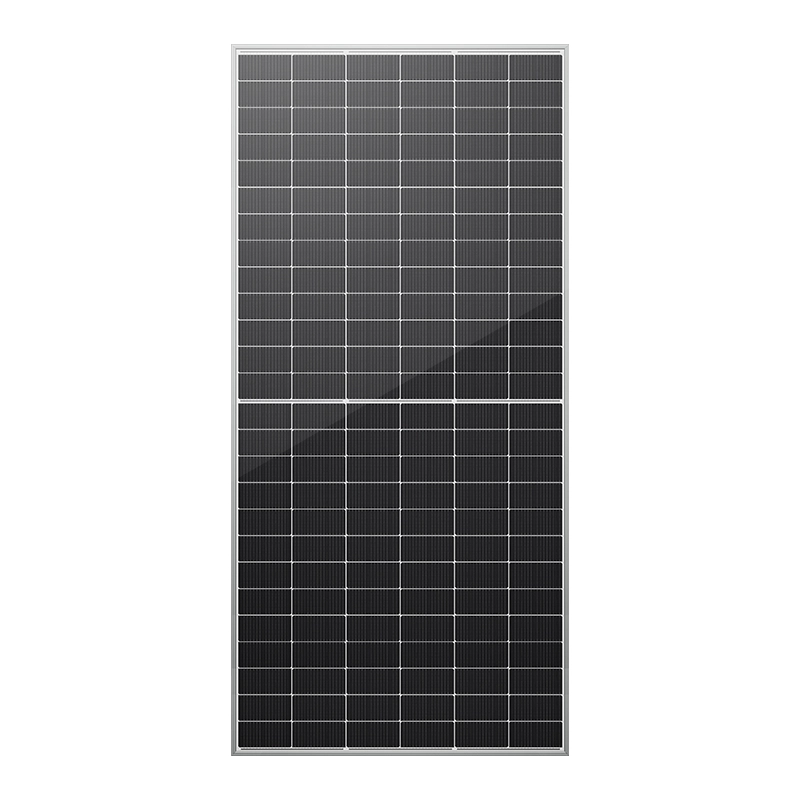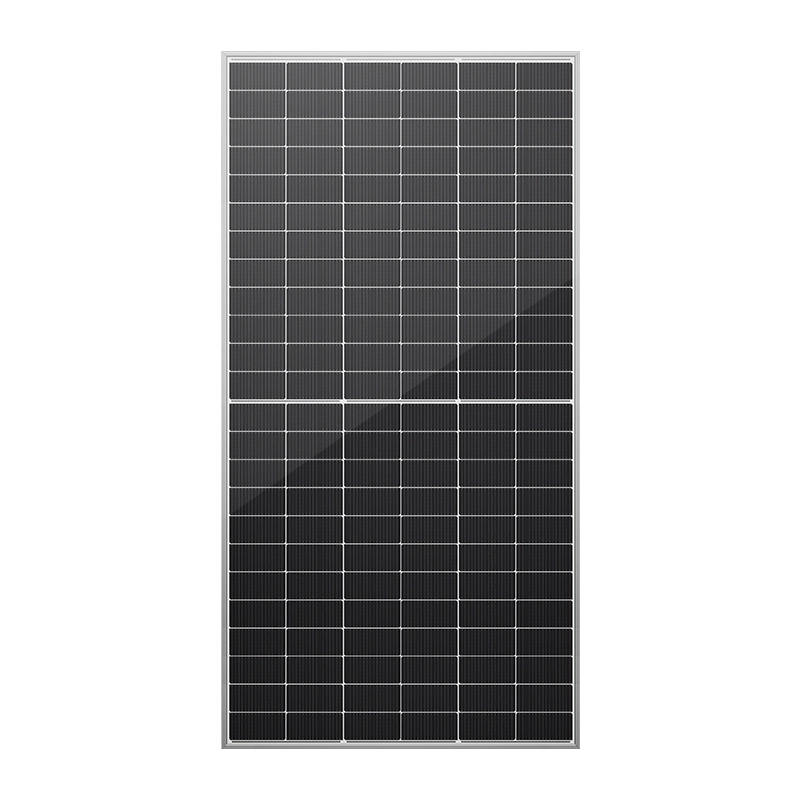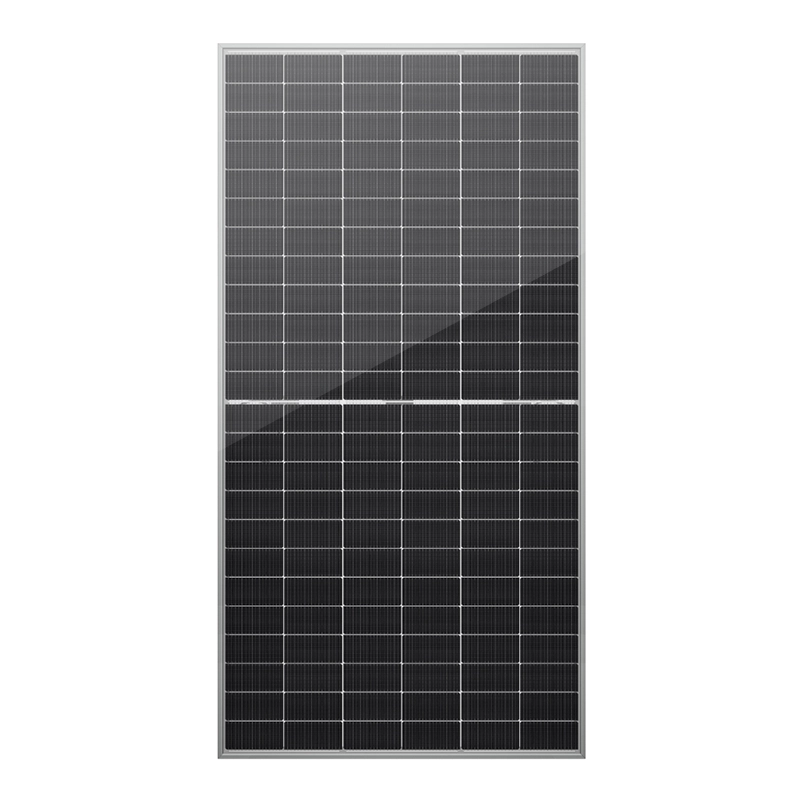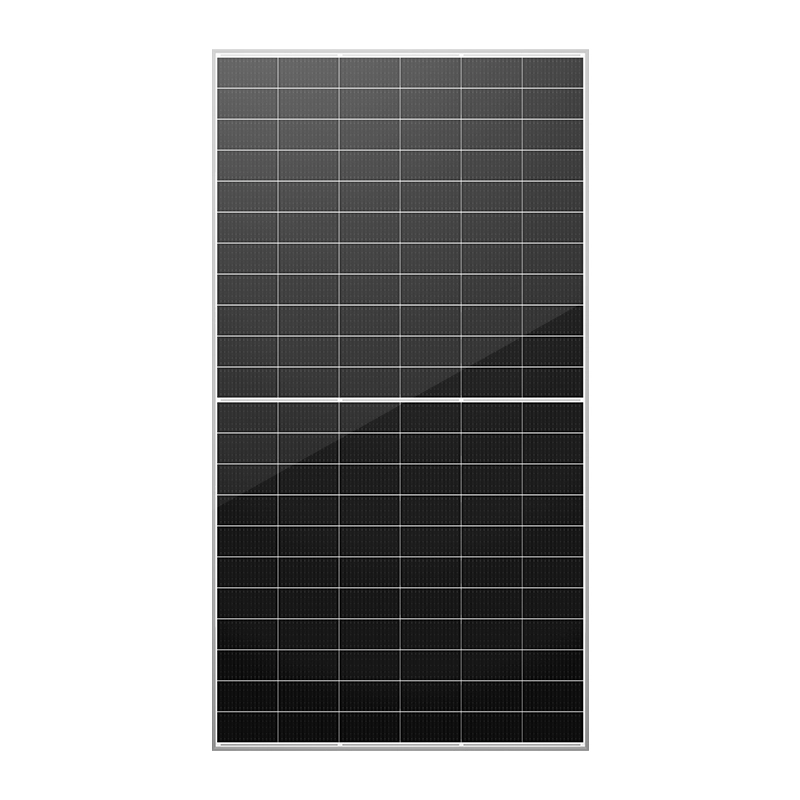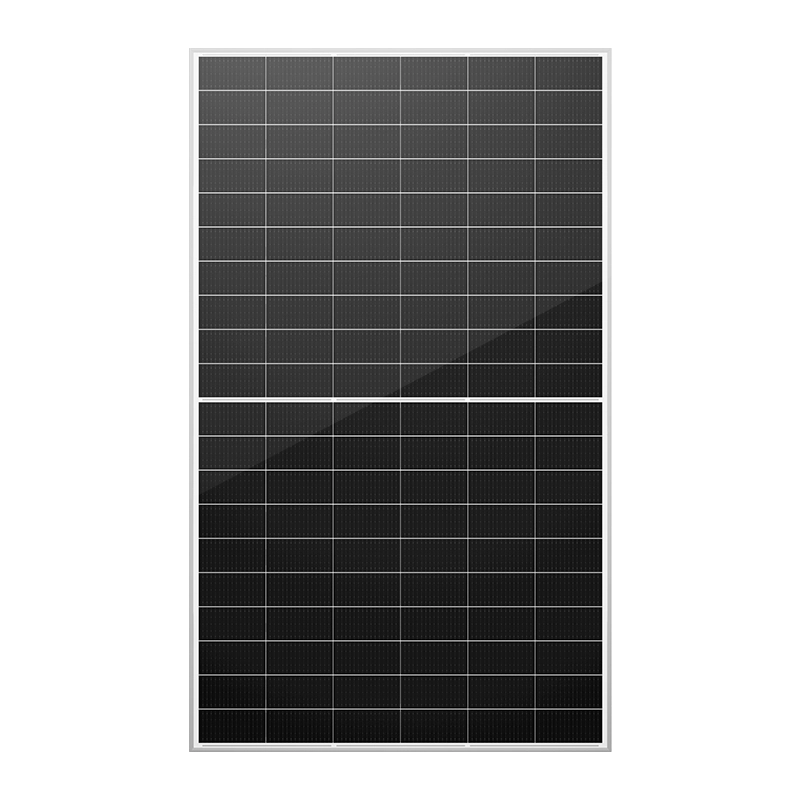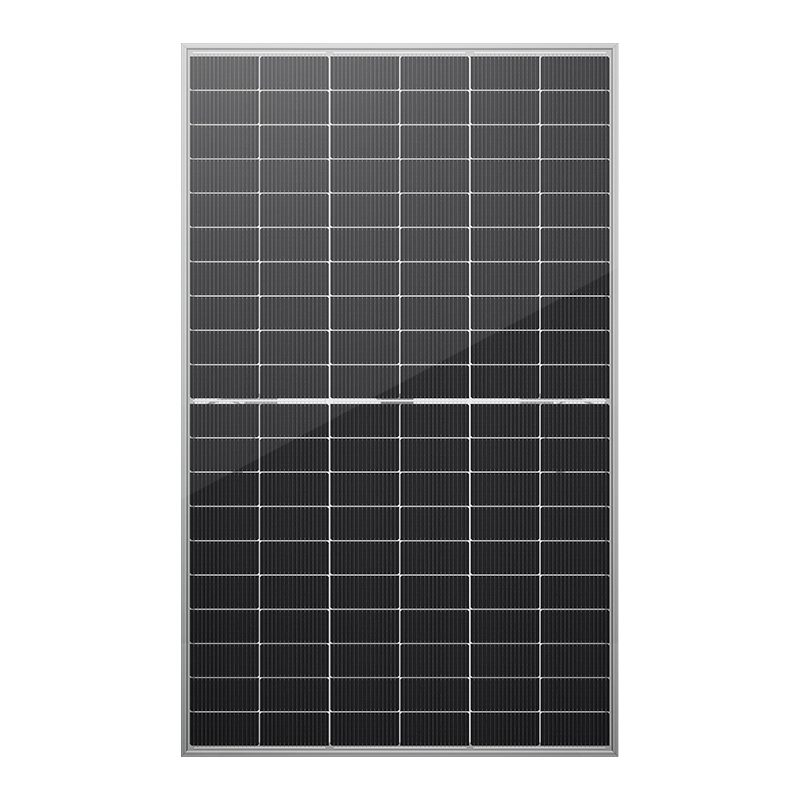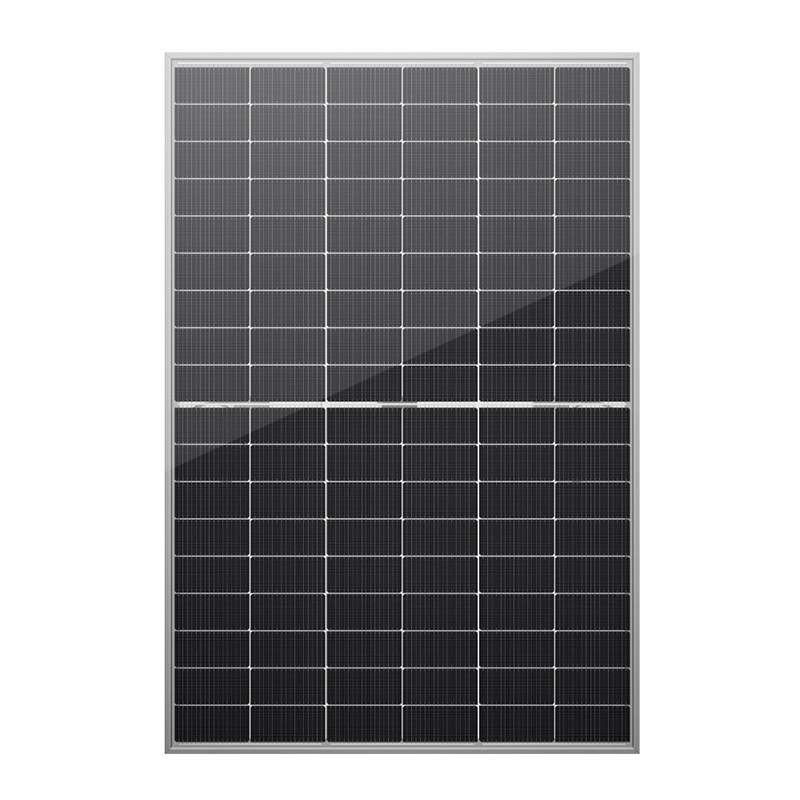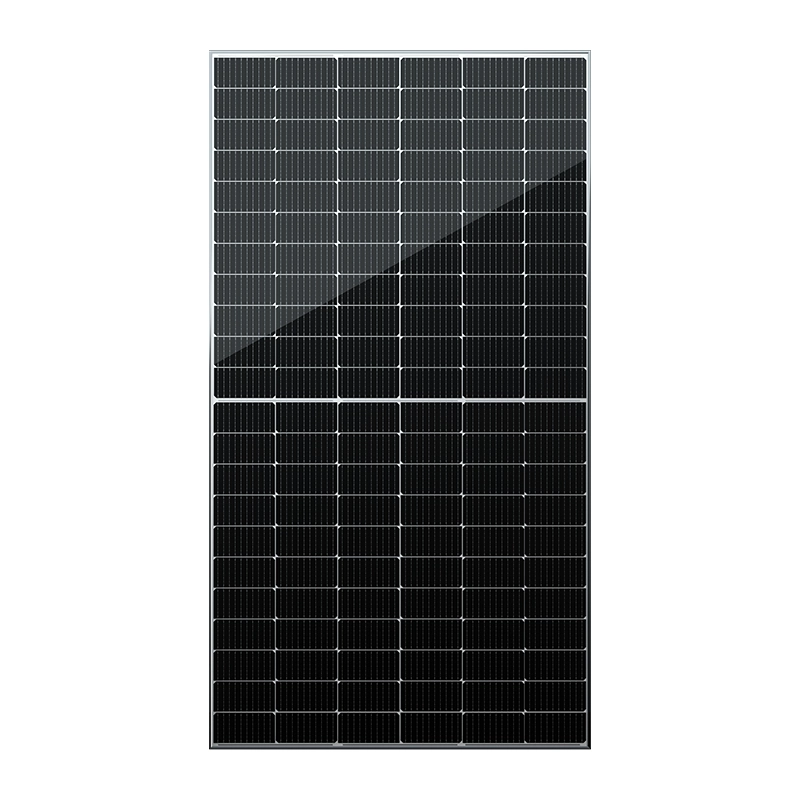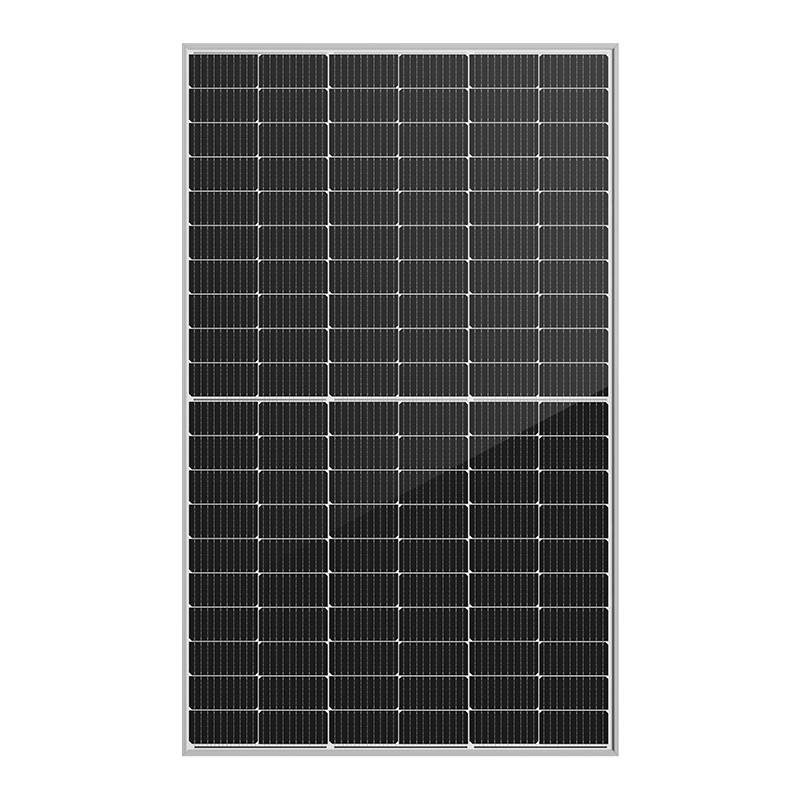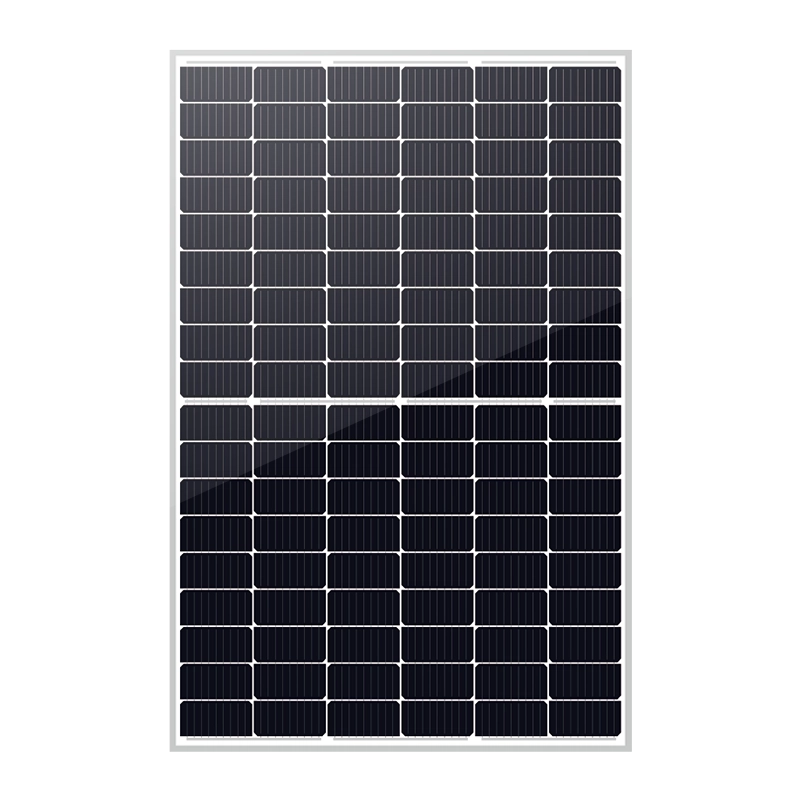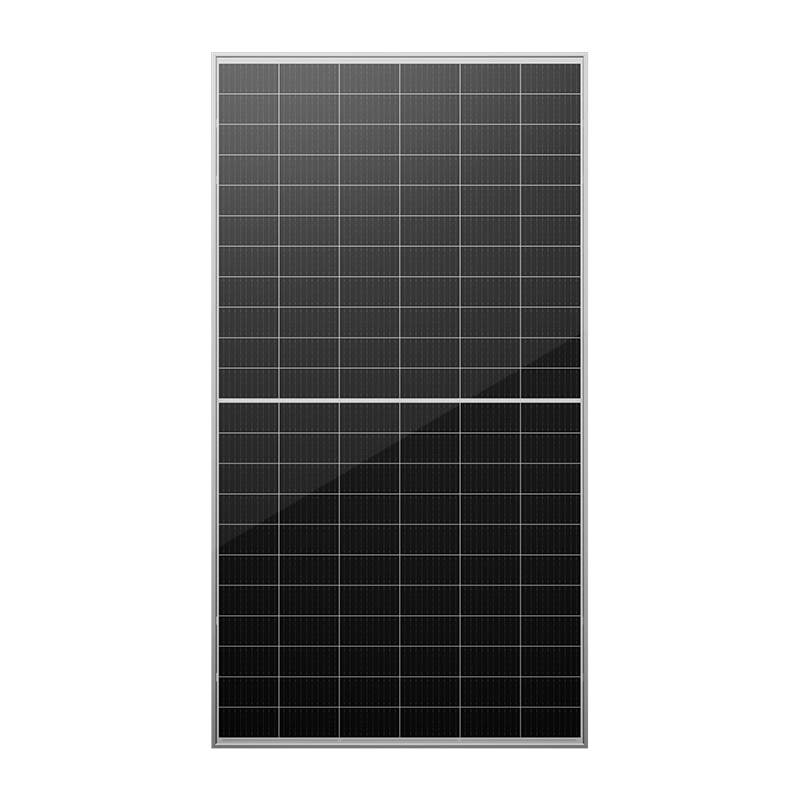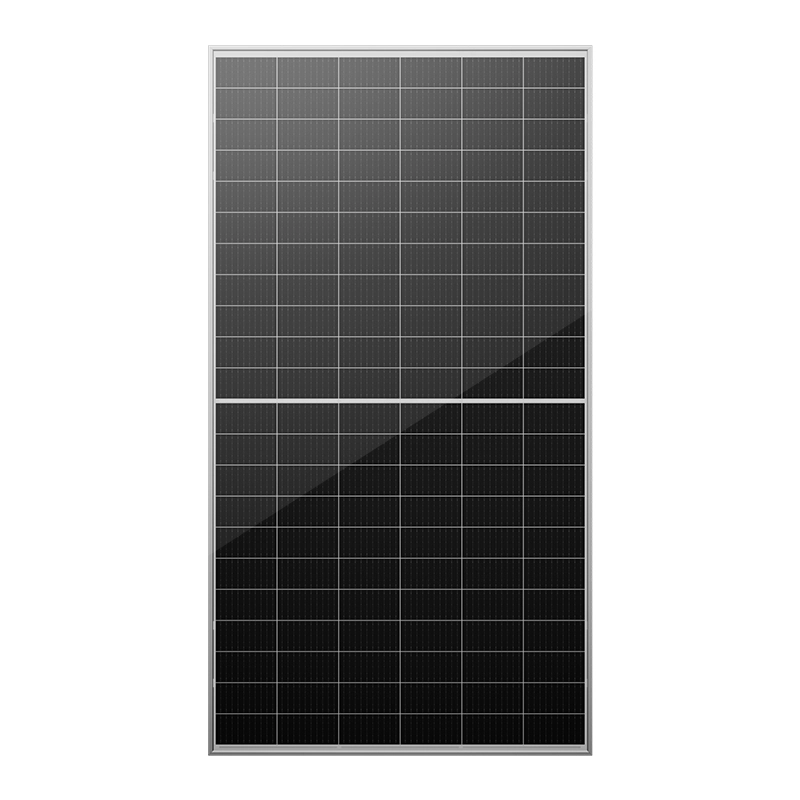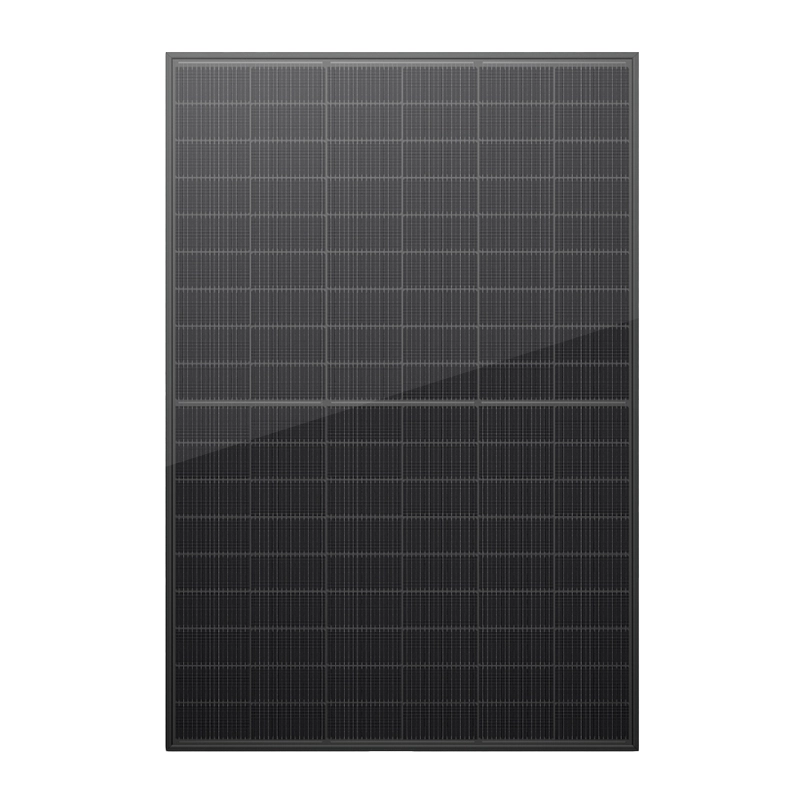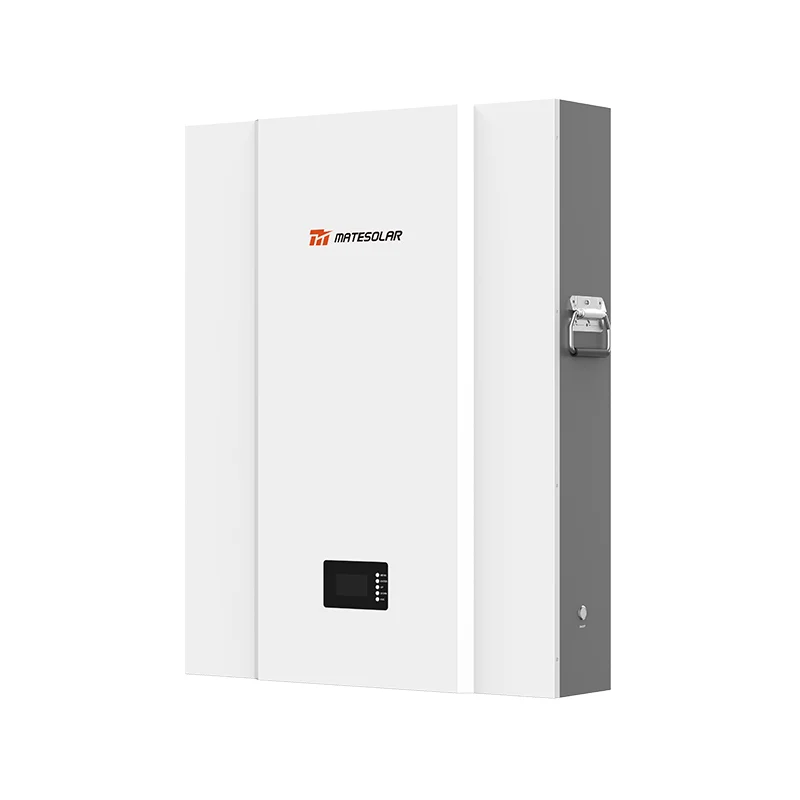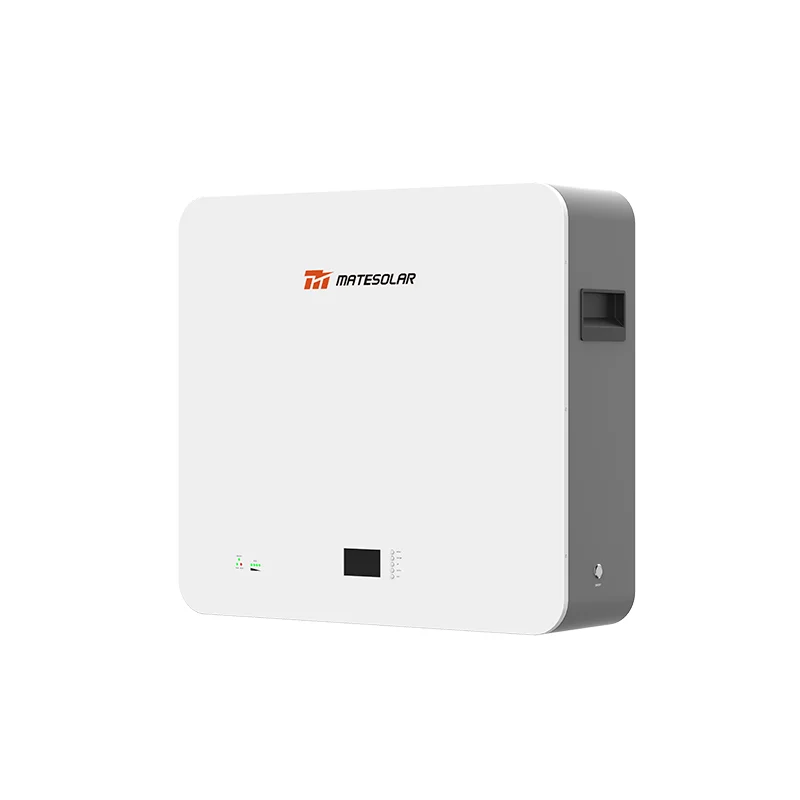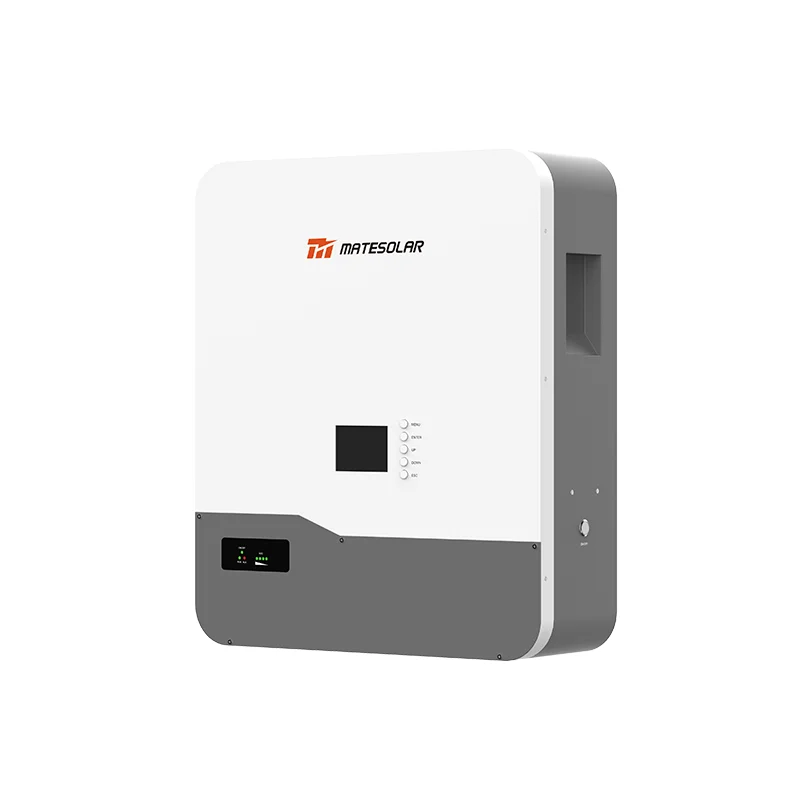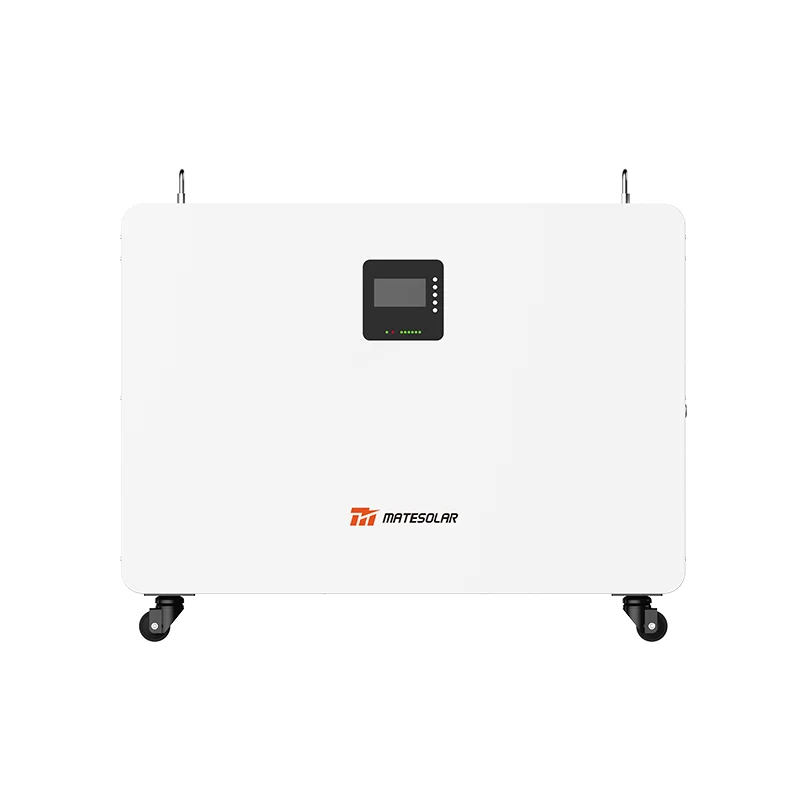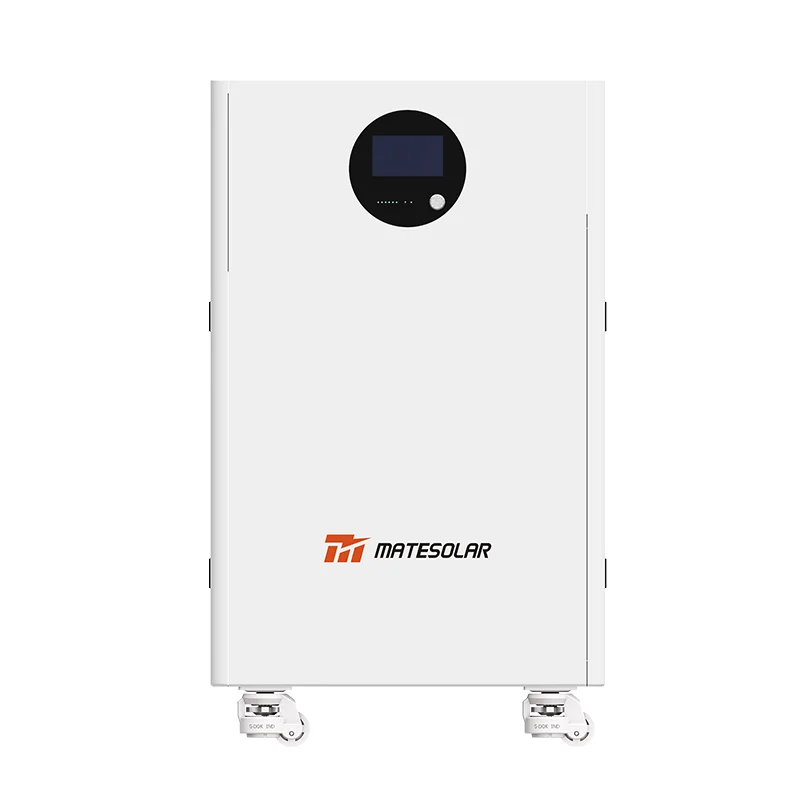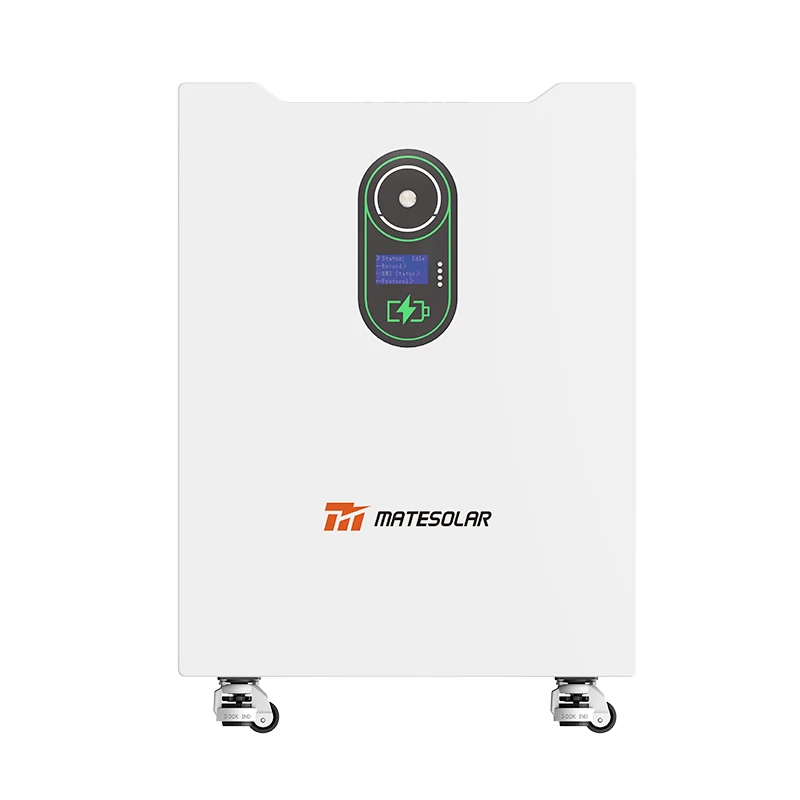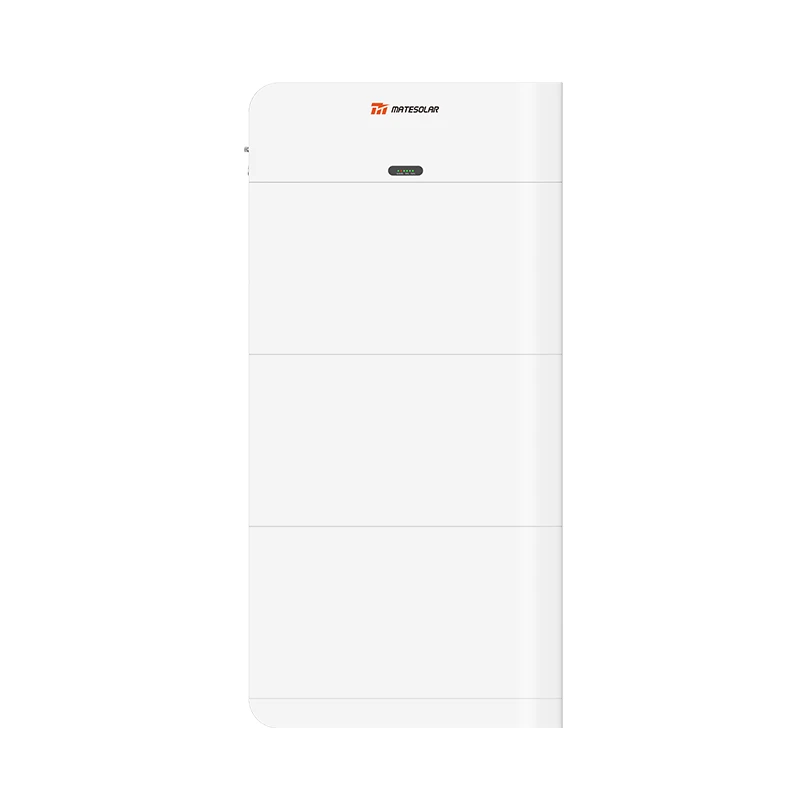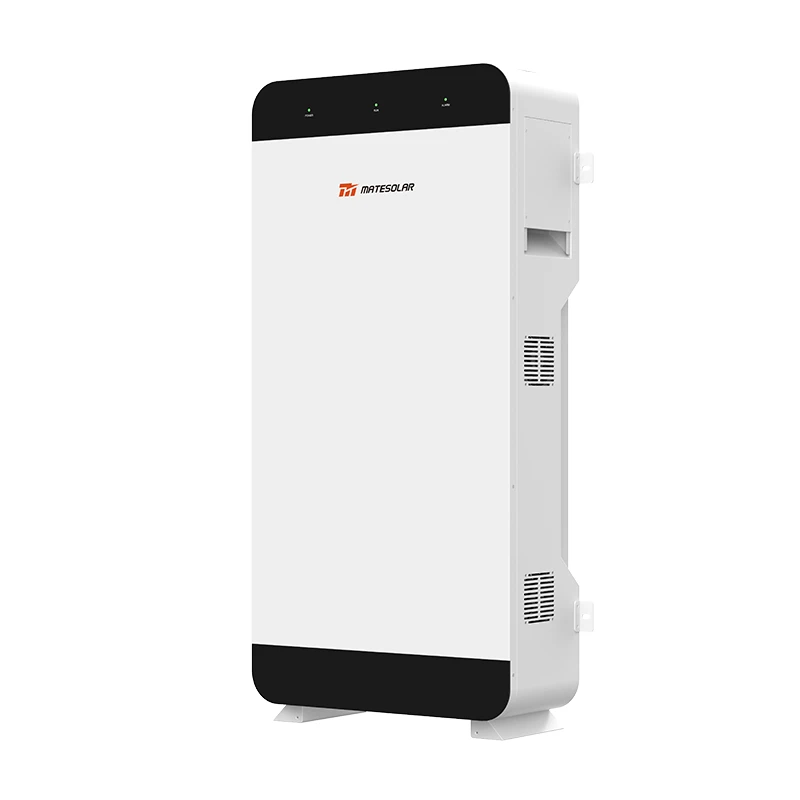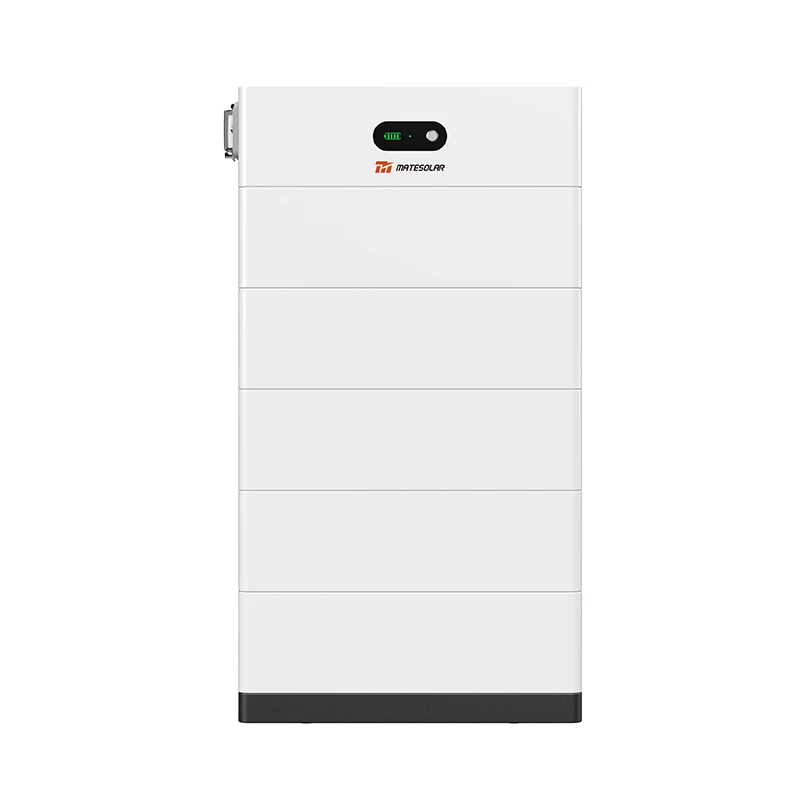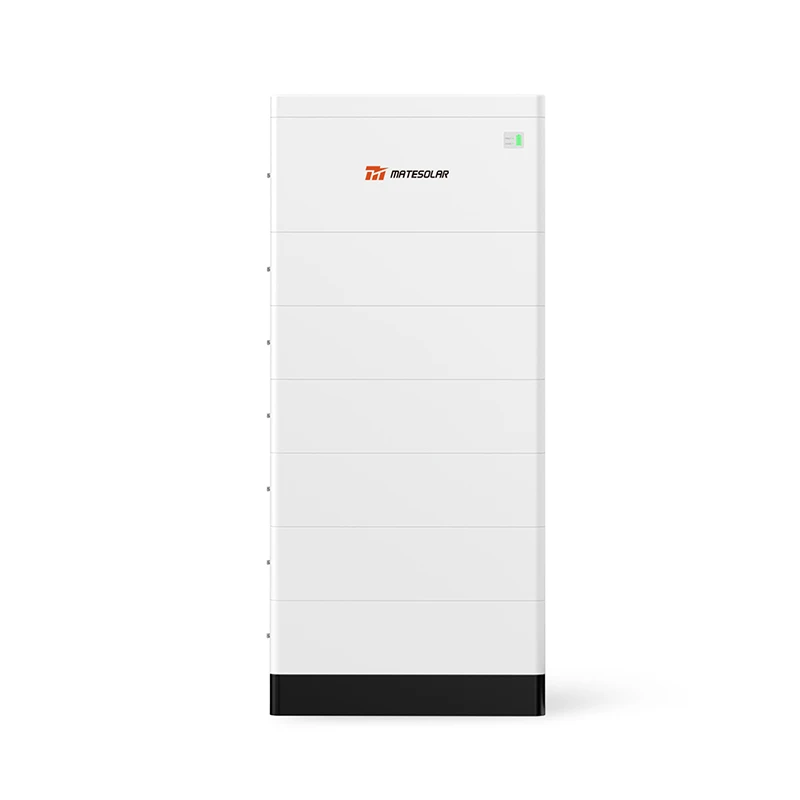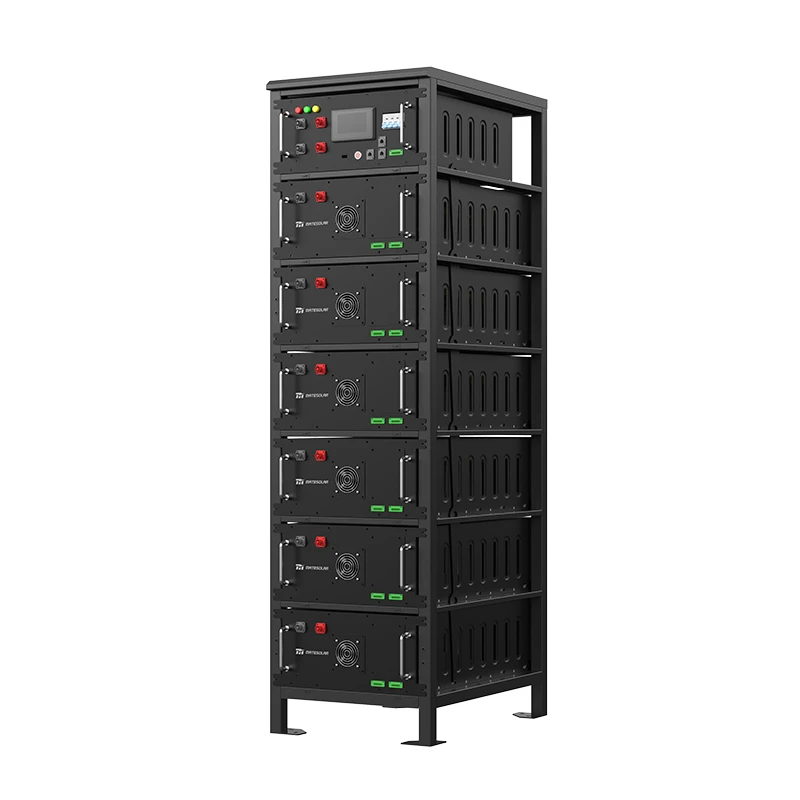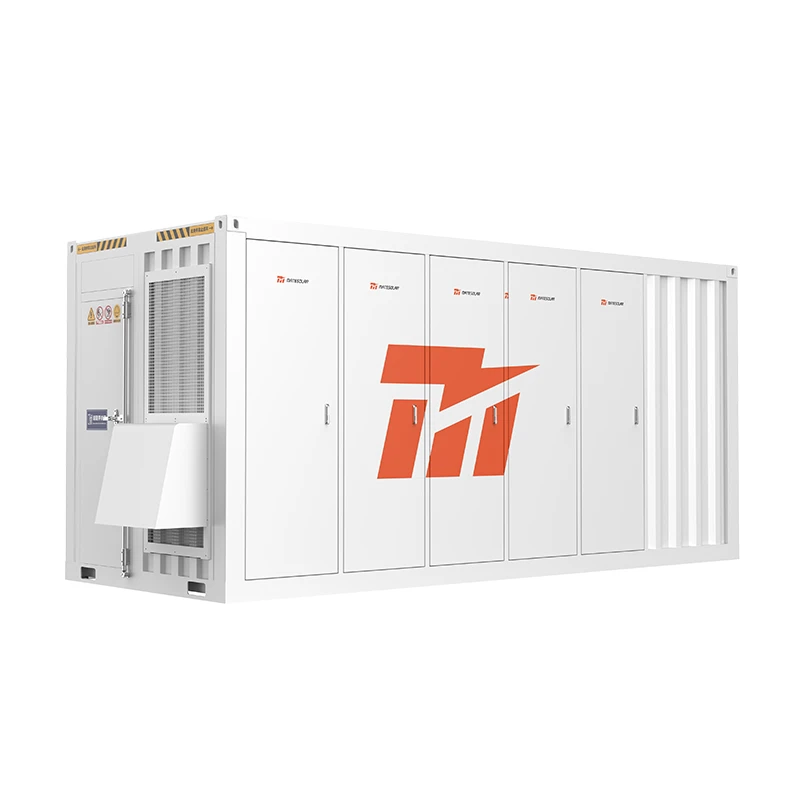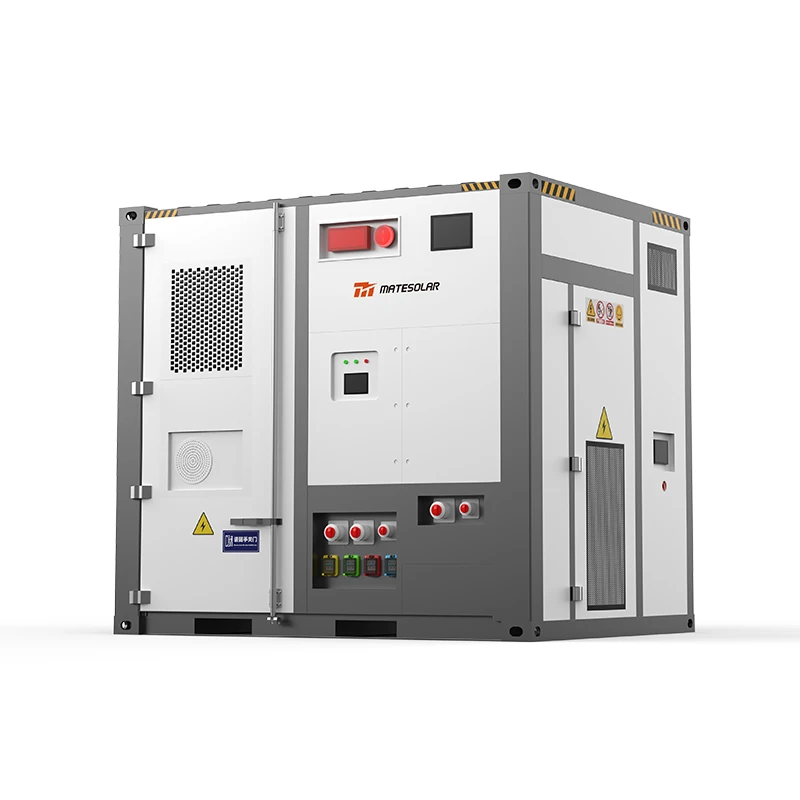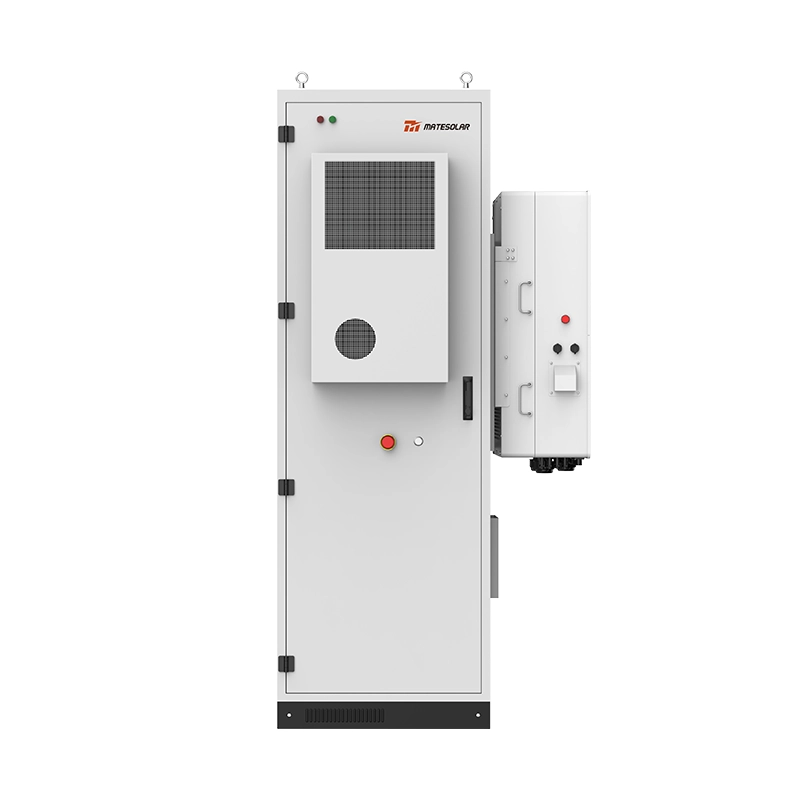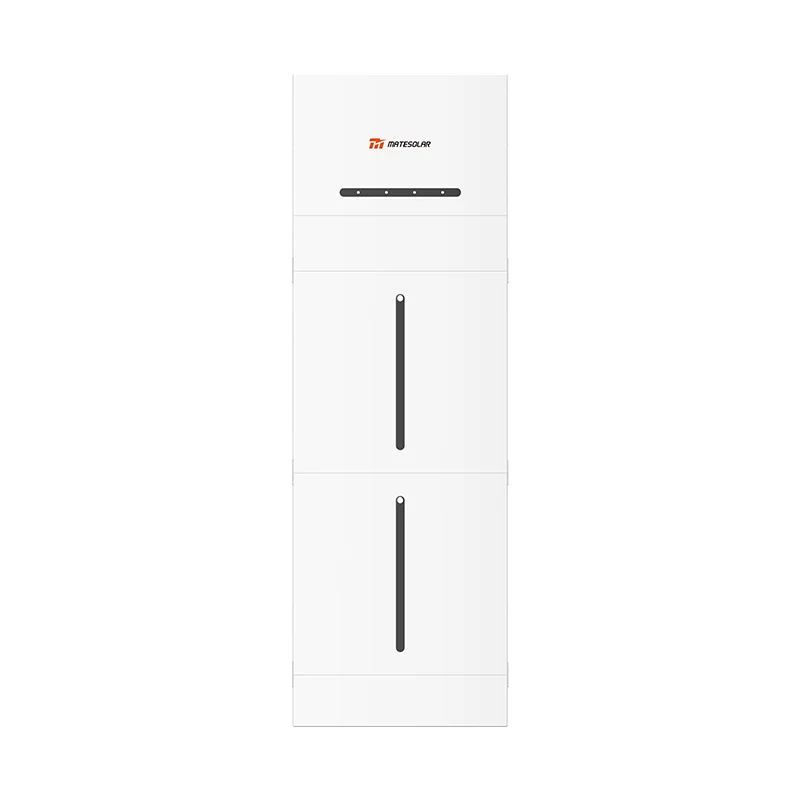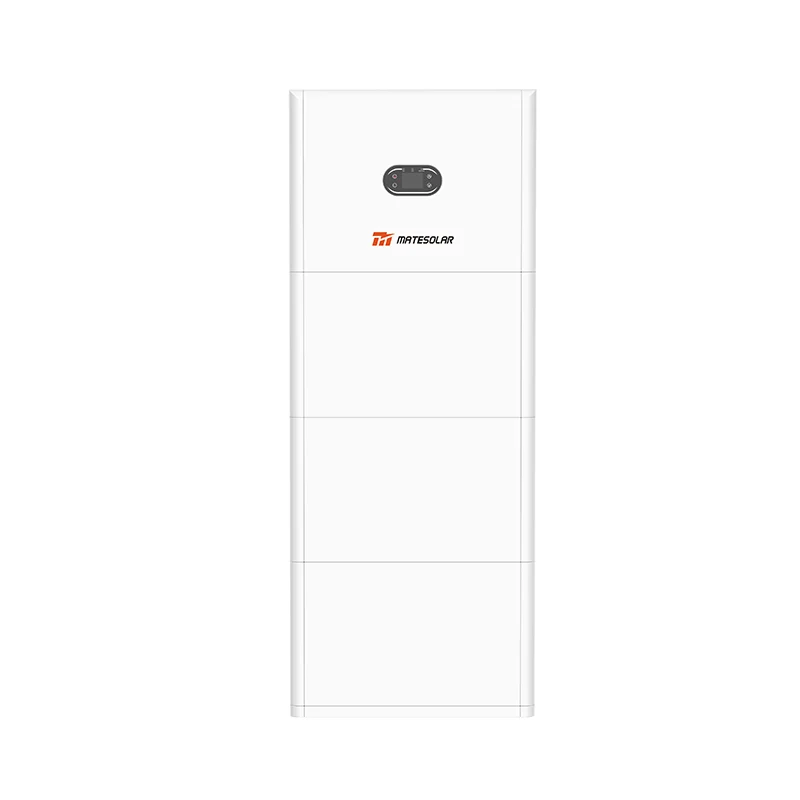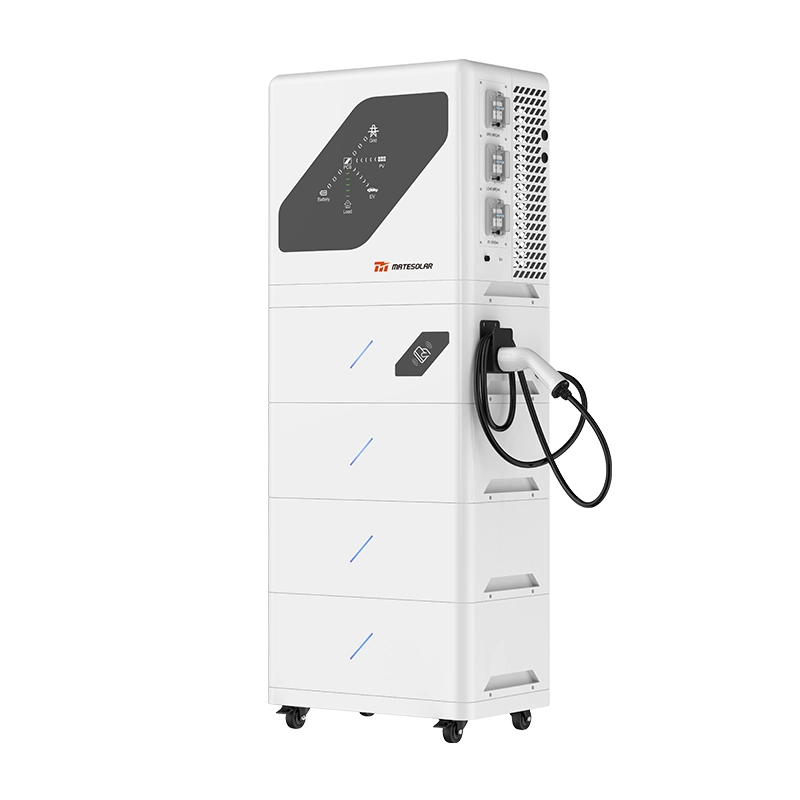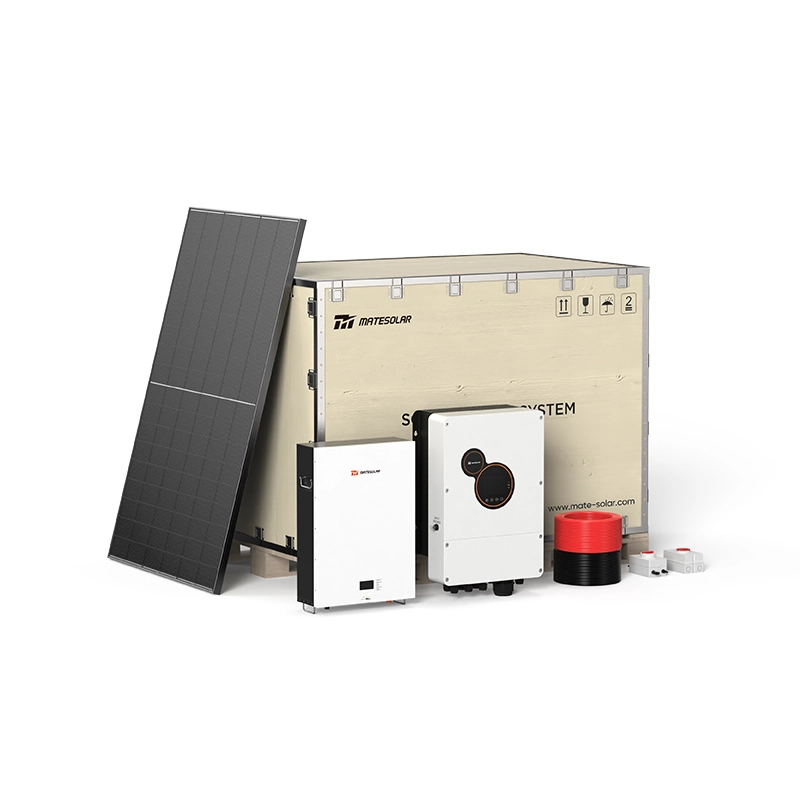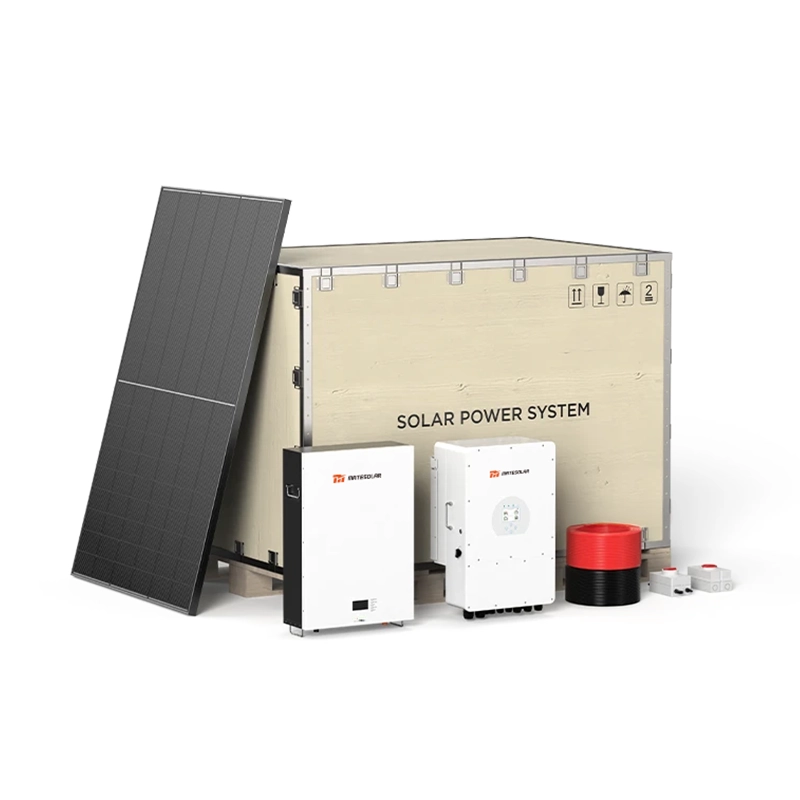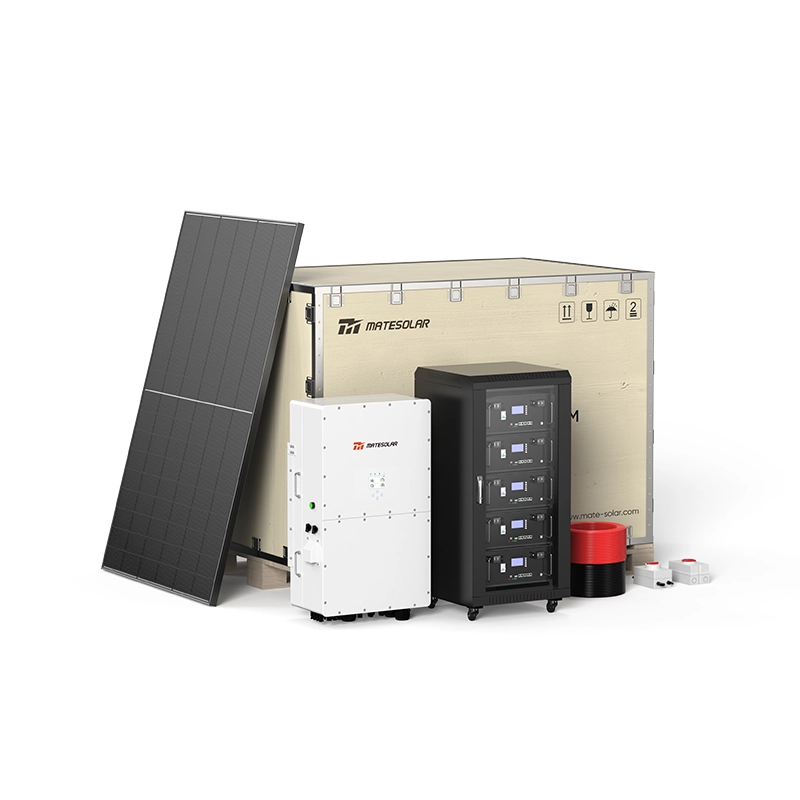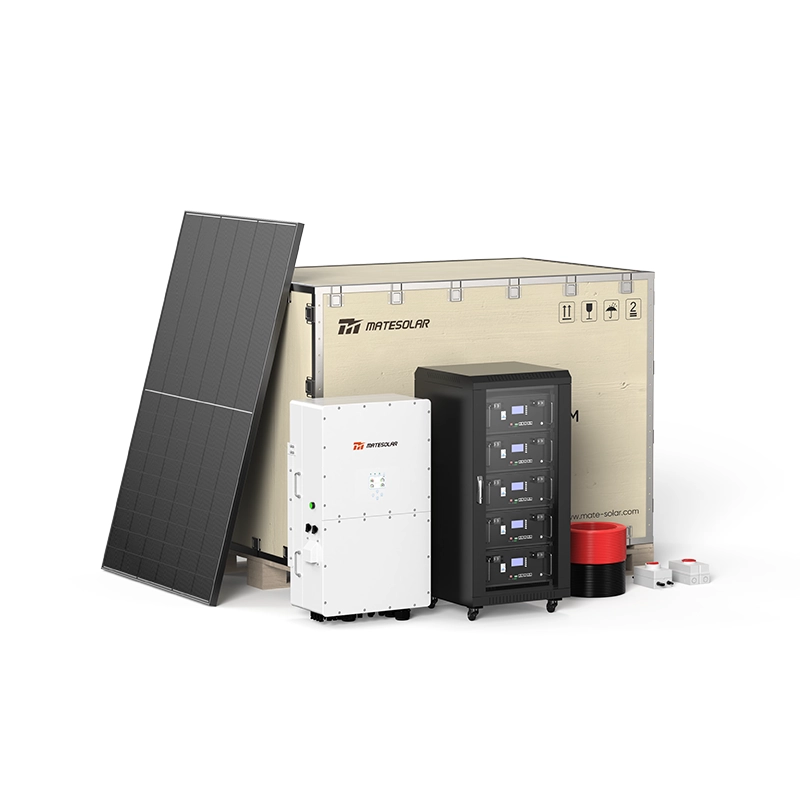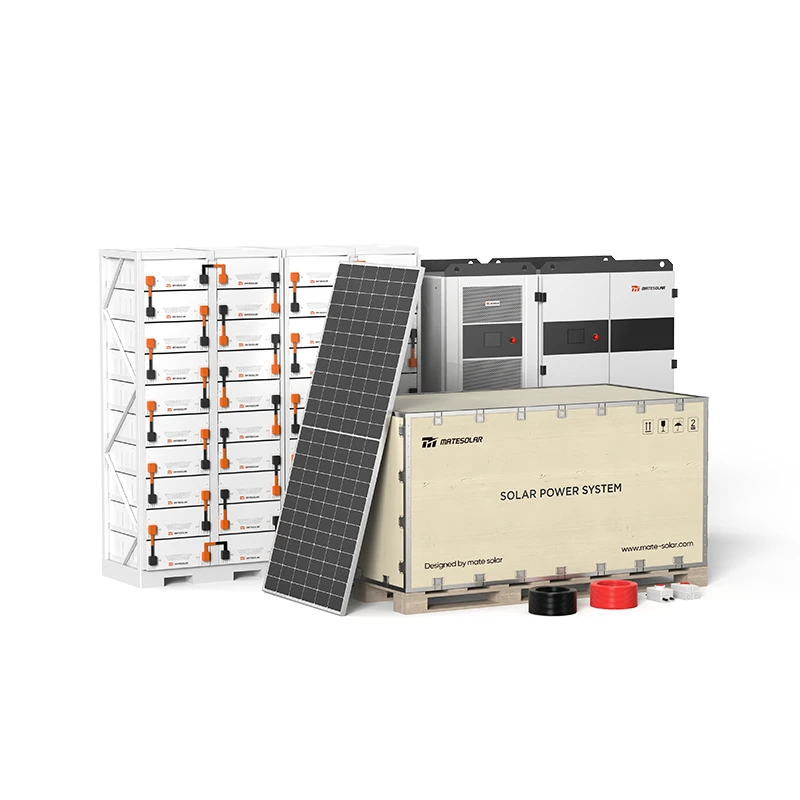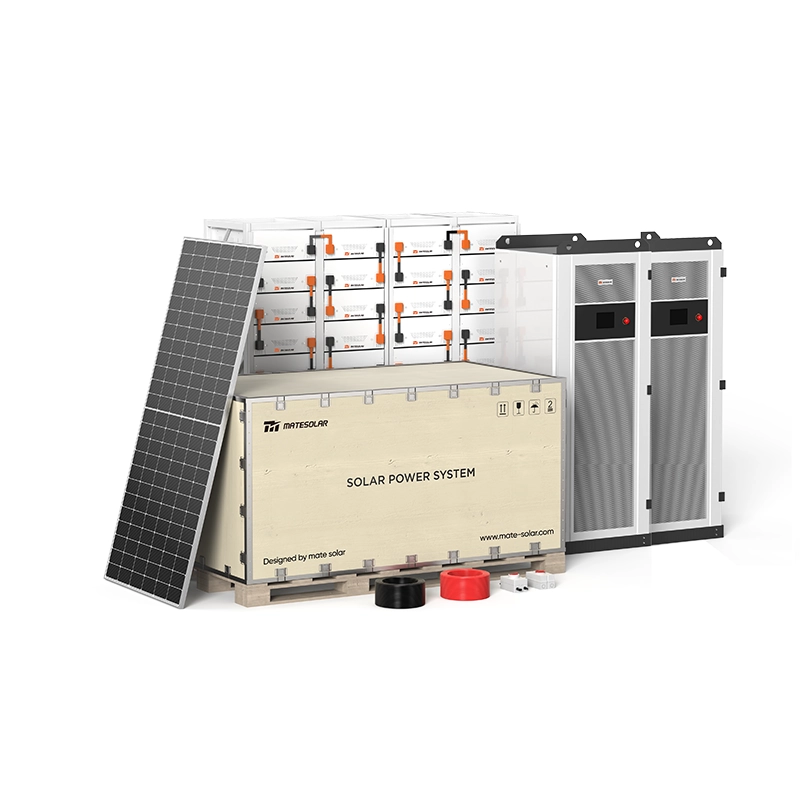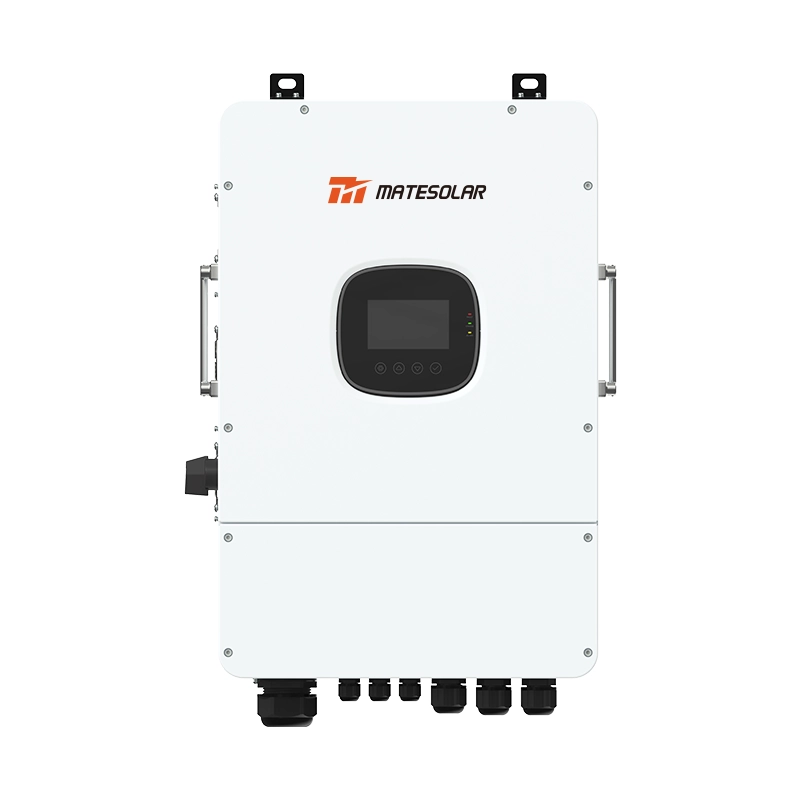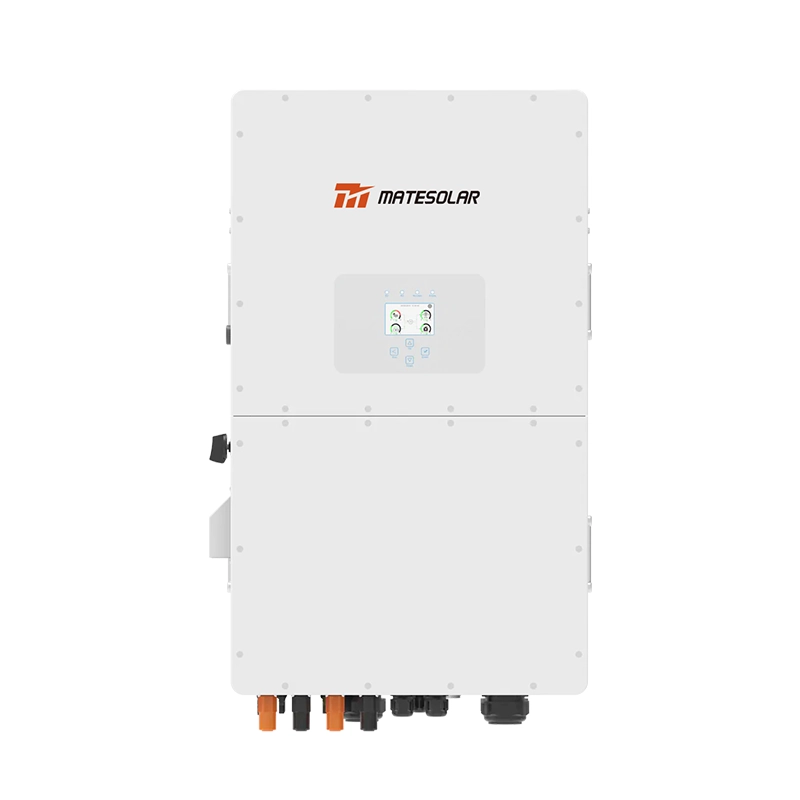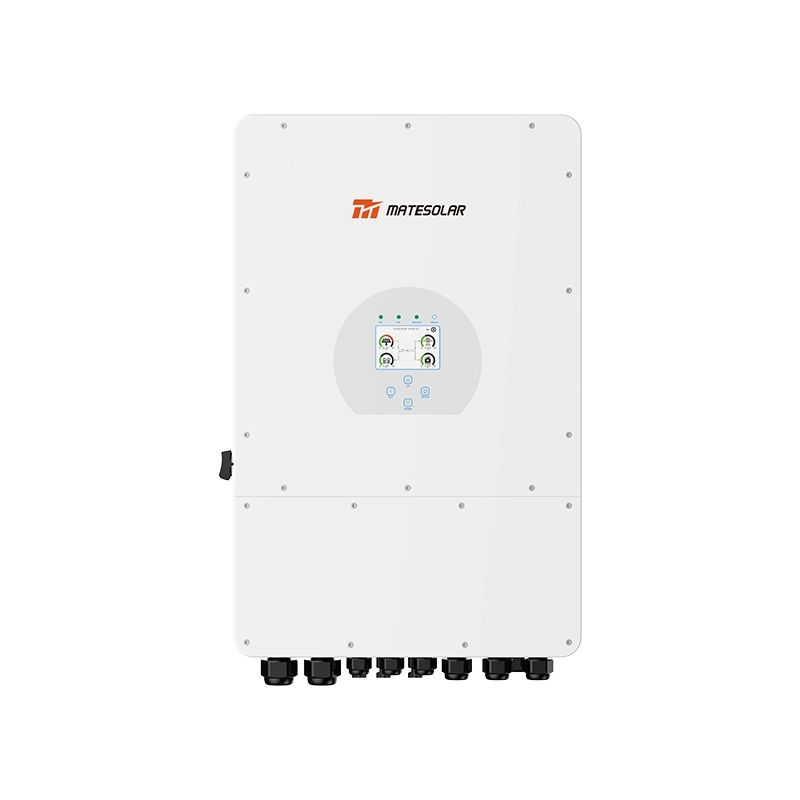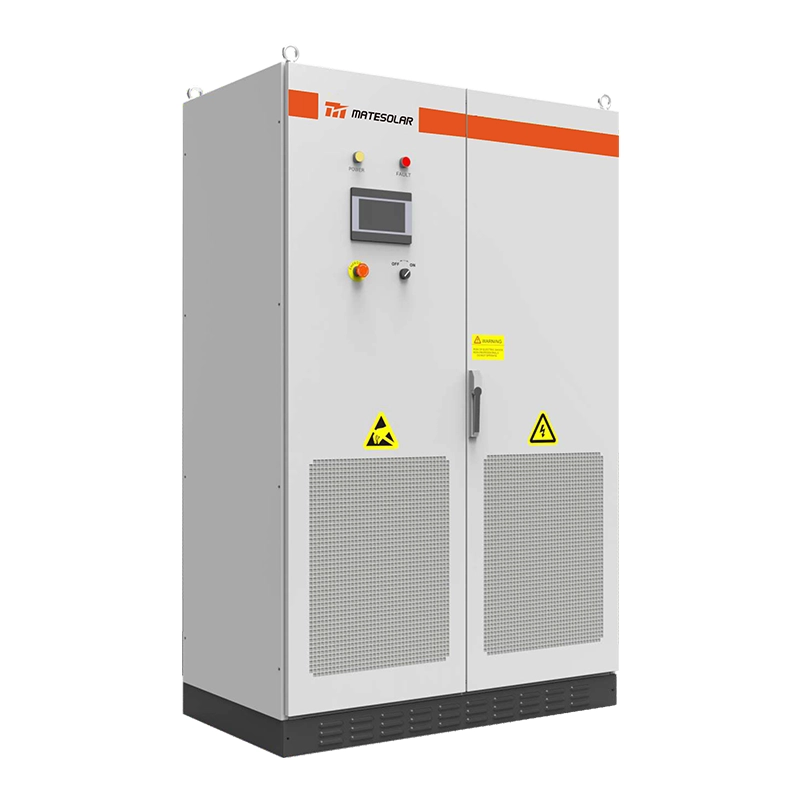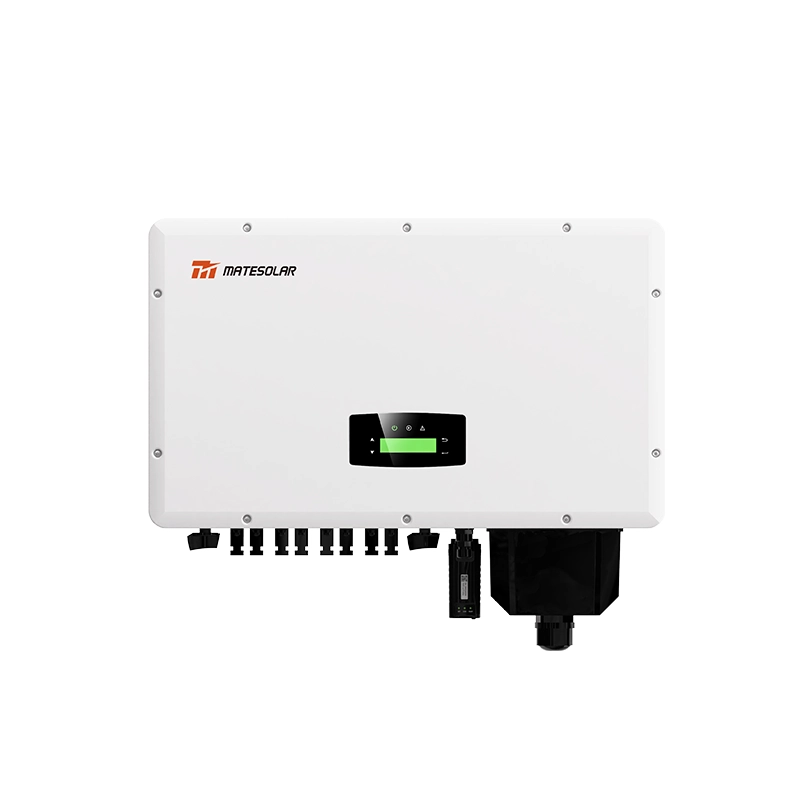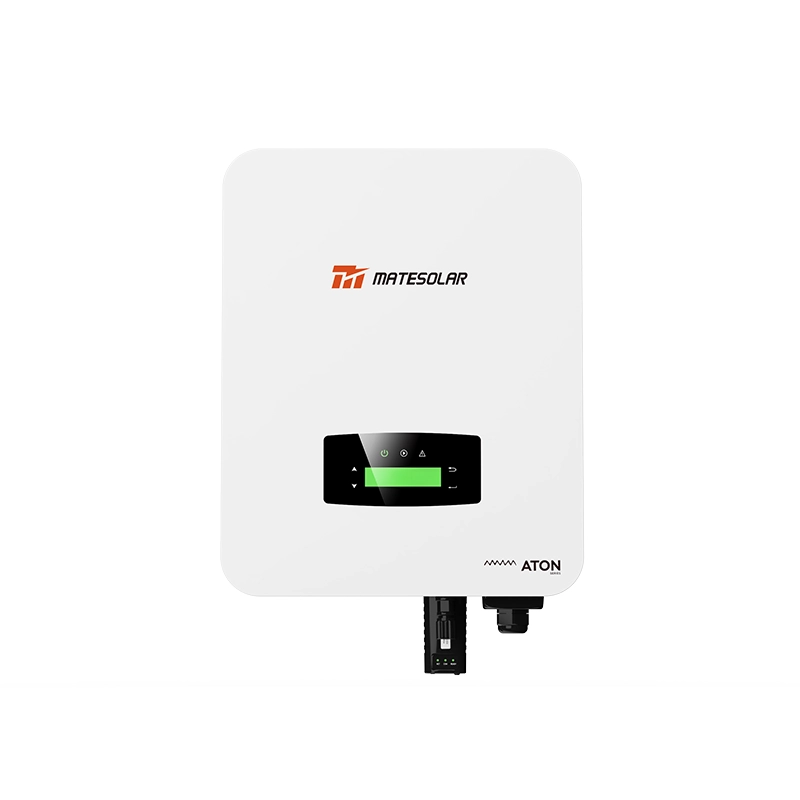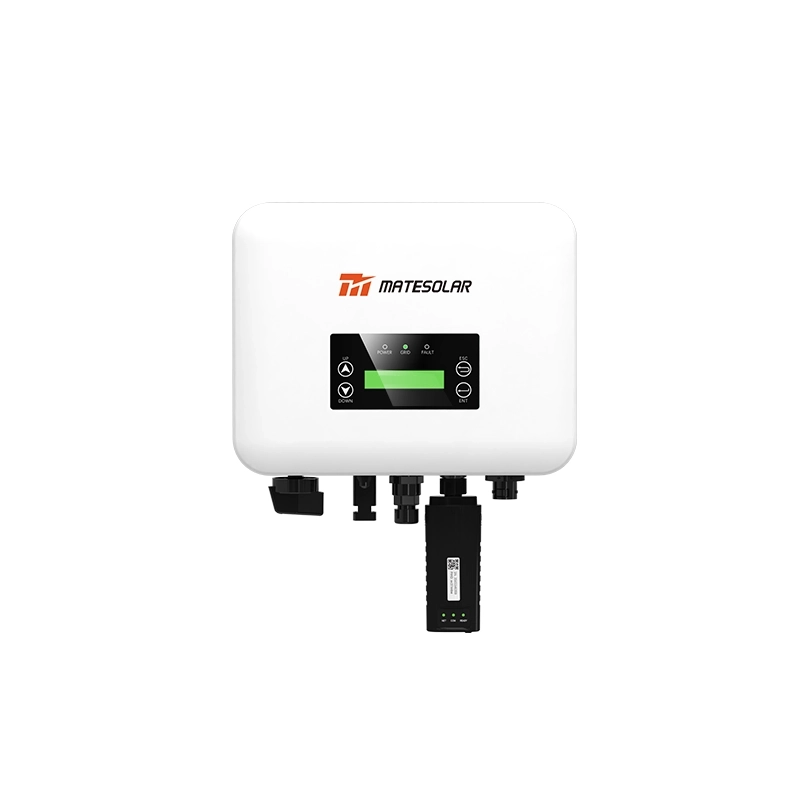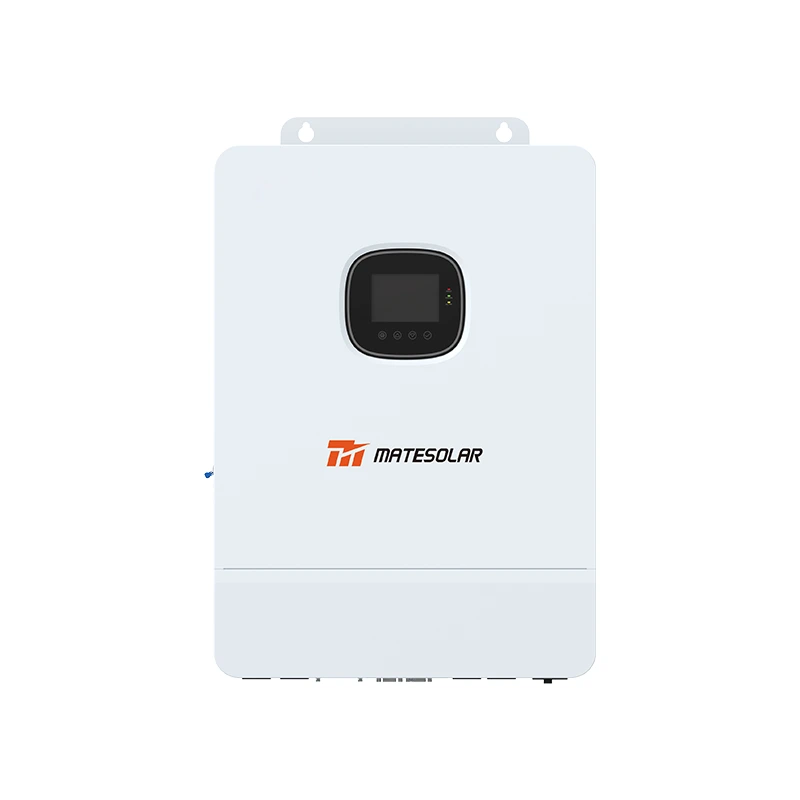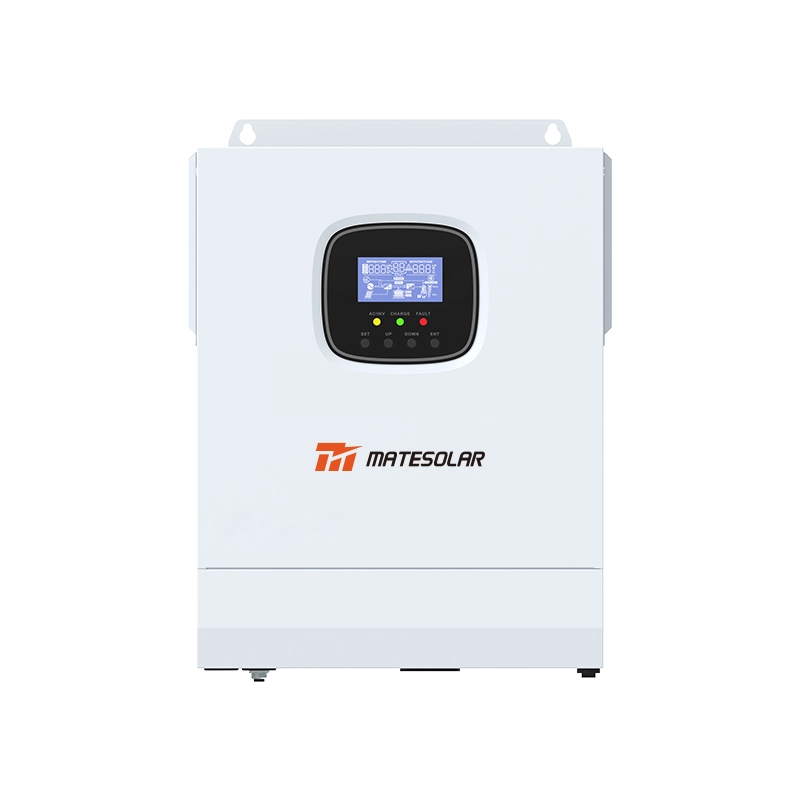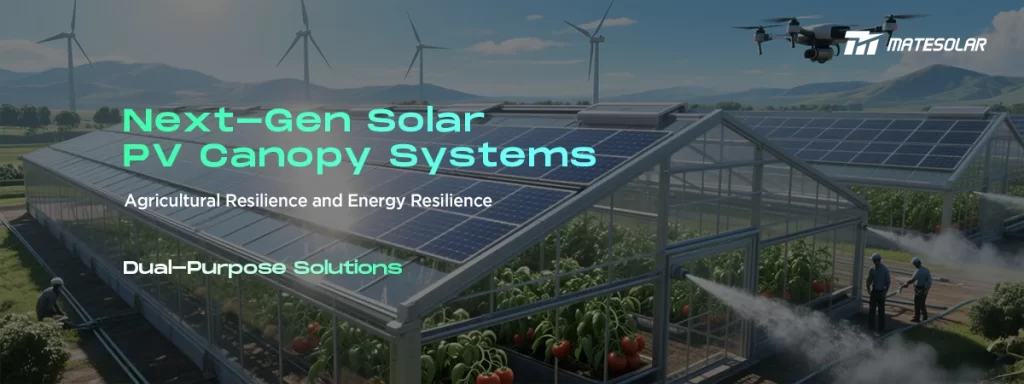
Revolutionierung der Landnutzung durch intelligente Integration von Solarenergie und Präzisionslandwirtschaft.
Da die weltweiten landwirtschaftlichen Systeme aufgrund des Klimawandels einem noch nie dagewesenen Stress ausgesetzt sind - einschließlich extremer Hitze, Hagelstürmen und Dürre -, kombinieren Innovatoren Solartechnologie mit landwirtschaftlichen Praktiken, um widerstandsfähige Lösungen zu schaffen. Hochentwickelte PV-Dachsysteme, insbesondere aufgeständerte bifaciale und vertikale Agrivoltaik (AV), definieren die duale Landnutzung neu. Diese Strukturen schützen hochwertige Nutzpflanzen, verbessern die Wassereffizienz und erzeugen stabile erneuerbare Energie, indem sie landwirtschaftliche Betriebe in klimafreundliche, einkommensdiversifizierte Ökosysteme verwandeln. Feldstudien bestätigen, dass AV-Systeme die photosynthetische Mittagsdepression in trockenen Regionen um 45,8% reduzieren und gleichzeitig bis zu 87% des traditionellen Energieertrags pro Hektar erhalten.
Technische Mechanismen: Wie Sonnenschutzdächer die Landwirtschaft schützen.
Solar-PV-Dächer gehen über herkömmliche Freiflächenanlagen hinaus, indem sie drei wichtige Schutzfunktionen integrieren:
- 1. Regulierung des Mikroklimas: Durch die Reduzierung der photosynthetisch aktiven Strahlung (PAR) um 30-75% senken die Baumkronen die Lufttemperatur um 1,3°C und das Dampfdruckdefizit (VPD) um 0,5 kPa. Dadurch wird der Hitzestress gemildert und die Feuchtigkeitsspeicherung im Boden um 26% verlängert, was den Bewässerungsbedarf erheblich reduziert - um 14-20% in französischen Apfelplantagen und um bis zu 50% in deutschen Versuchen.
- Physischer Schutz: Modulare PV-Paneele wirken synergetisch mit Anti-Hagel-Netzen und spektralselektiven Folien (z. B. Perlnetze, die 13% Licht blockieren). Diese blockieren 20-24% der UV-Strahlung, verringern den Sonnenbrand bei Granatäpfeln um 11-13% und verhindern $3B+ Schäden an einjährigen Kulturen.
- Widerstandsfähigkeit im Energiebereich: Mithilfe von KI-gesteuerten Nachführsystemen verlagern Vordächer die Stromerzeugungsspitzen in die Morgen-/Abendstunden (vertikale Zweiflächigkeit) oder passen die Beschattung während der Blüte/Frucht dynamisch an. Dies gleicht die Netznachfrage aus und schützt gleichzeitig die ertragssensiblen Wachstumsphasen.
Tabelle 1: Auswirkung von Sonnenschutzdächern auf das Mikroklima und den Ertrag bei den wichtigsten Kulturen:
| Kulturpflanzen | Schattierungsgrad | Rendite Veränderung | Wassereinsparung | Hauptvorteil |
| Tomate | 75% PAR-Reduzierung | +11,7% (50% Bewässerung) | 50% weniger Wasser | Beseitigt die Depression der Photosynthese am Mittag |
| Apfel | ≤30% PAR-Reduktion | -27% (wenn >42%) | 14-20% Ermäßigung | Verhindert Sonnenbrand, reduziert die Bewässerung |
| Kartoffel | Vertikale AV-Einrichtung | +8.7% | 26% Anstieg der Bodenfeuchtigkeit | Kältere Bodentemperaturen fördern das Knollenwachstum |
| Blaubeere | 20-40% Ermäßigung | Antioxidantien +25% | 30% ohne Bewässerung | Bessere Fruchtqualität im Halbschatten |
Leistungsvergleiche: Effizienz trifft auf Wirtschaftlichkeit.
Moderne AV-Konzepte maximieren die Effizienz der Landnutzung, ohne die landwirtschaftliche Produktion zu beeinträchtigen:
- Die Energiedichte: Vertikale bifaciale Systeme (z. B. Next2Sun) erzeugen 1.150 kWh/kWp/Jahr - nur 25% weniger als PV-Anlagen auf Dächern - und ermöglichen gleichzeitig eine vollständig mechanisierte Landwirtschaft.
- Finanzieller Aufschwung: Betriebe mit AV melden 20-30% höhere Einnahmen durch Energieverkauf und geringere Verluste. Europäische Modelle zeigen, dass die Landpacht von 357 € auf 3.000 €/ha steigt.
- Kohlenstoff und ökologischer ROI: AV-integrierte Weiden senken die Erhaltungsenergie durch gezielte Beweidung um 60%. Gleichzeitig steigt die Kohlenstoffbindung im Boden, und der Pestizideinsatz sinkt um 70%.
Tabelle 2: Spezifikationen und vergleichende Vorteile von Agrivoltaiksystemen
| System Typ | Einbauhöhe | Effizienz der Landnutzung | Kompatibilität der Kulturen | Energieausbeute im Vergleich zur Erde PV |
| Bodenmontiert Feststehend | 0.5-1 m | Niedrig | Nur Weiden/Grasflächen | 100% (Grundlinie) |
| Erhöhtes Fixed-Tilt | 2-3.5 m | Mittel | Obstgärten, Beeren | 92-95% |
| Vertikal bifazial | 3-4 m (Reihen) | Hoch | Reihenkulturen, Gemüse | 75-80% |
| Dynamische Verfolgung | ≥3.3 m | Hoch | Hochwertiger Gartenbau | 87% (mit 30% PAR-Verlustgrenze) |
Feldanwendungen: Erfolgsgeschichten in verschiedenen Klimazonen
<1> Trockene Regionen (Arizona, USA): Die Erträge von Kirschtomaten stabilisierten sich unter 50% Bewässerung mit AV-Dächern. Die tägliche CO₂-Assimilation stieg um 45,8% und überwand die chronische "photosynthetische Mittagsabschaltung" während Hitzewellen.
<2> Intensivobstanlagen (Frankreich/Deutschland): Dynamische AV-Systeme reduzierten die Blatttemperaturen bei Äpfeln um 3°C und verhinderten so Sonnenbrand. Integrierte Sensoren lösen bei Temperaturspitzen von 35°C+ eine Beschattung aus und senken den Wasserverbrauch um 20% ohne Ertragseinbußen.
<3> Synergien bei der Beweidung (Global): Ziegen, die unter PV-Anlagen grasen, unterdrücken die Ausbreitung von Gehölzen 42% effizienter als das Mähen. Dadurch wird die Gefahr von Bränden beseitigt und ethisch einwandfreies Fleisch erzeugt, das von 68% der Vegetarier angenommen wird.
<4> Urban Vertical AV (Pakistan): Vertikale bifaziale PV-Anlagen in Verbindung mit Okra und Kürbissen erhöhten die Bodenfeuchtigkeit um 26% und lieferten gleichzeitig 75% der Standard-PV-Leistung - ein praktikables Modell für die Widerstandsfähigkeit von Lebensmitteln und Energie in Stadtrandgebieten.
F&A: Behandlung der wichtigsten technischen Fragen
F: Wie schützen AV-Systeme vor extremen Wetterbedingungen?
A: In die Überdachungen ist eine wettervorhersagende KI integriert, die die Paneele schon Minuten vor einem Sturm in einen "Hagelschutz" verwandelt. Spektralfilter in den Modulen (z. B. UV-Blocker) reduzieren auch Sonnenbrandschäden um 13%.
F: Ist AV in Regionen mit Wasserknappheit praktikabel?
A: Auf jeden Fall. In Arizona konnten die Tomatenfarmen ihre Erträge mit der Hälfte der Bewässerung unter AV beibehalten. Durch die kühlende Wirkung des Schattens wird die Evapotranspiration verringert und die Wasserproduktivität der Pflanzen um 112-130% erhöht.
F: Warum sollte man sich für eine vertikale statt für eine geneigte bifaziale Anordnung entscheiden?
A: Vertikale Systeme (z. B. Next2Sun) ermöglichen den Zugang zu 85%-Maschinen, erzeugen Spitzenstrom am Morgen/Abend (um die Netzbelastung auszugleichen) und reduzieren den PAR-Verlust auf <30% - entscheidend für lichtempfindliche Pflanzen.
F: Überwiegen die Wartungskosten den Nutzen?
A: Nein. Die Beweidung senkt die Kosten für das Vegetationsmanagement um 60%. Reinigungsroboter durchqueren auch hochgelegene Felder und halten die Betriebskosten unter $4,6/MWh-30% niedriger als bei herkömmlichen Solarparks.
F: Wie sieht der ROI-Zeitrahmen aus?
A: 5-7 Jahre in gemäßigten Regionen. Energieverkäufe und Ernteprämien (z. B. Solar-Grown-Label) beschleunigen die Amortisation. Politische Anreize wie der italienische Agri-PV-Fonds in Höhe von 1,7 Milliarden Euro verbessern die Wirtschaftlichkeit weiter.
MateSolar: Integrierte Agri-Photovoltaik für eine klimaresiliente Zukunft
Die landwirtschaftlichen Betriebe kämpfen mit zunehmenden Klimaschwankungen, MateSolar liefert End-to-End-Solardachlösungen, die für den Schutz der Landwirtschaft und die Energieresilienz entwickelt wurden. Unsere einheitliche Plattform kombiniert:
- Adaptive PV-Entwürfe: KI-optimierte vertikale oder aufgeständerte Arrays, die auf die Photobiologie von Pflanzen zugeschnitten sind.
- Speicher-Synergie: Hybrid-Wechselrichter mit 150% Überdimensionierung und netzbildender Speicherung für erneuerbare Energie rund um die Uhr.
- Wasser-Energie-Nexus: IoT-Sensoren, die die Bewässerung nur während optimaler Mikroklimafenster auslösen.
- Kohlenstoffpositive Infrastruktur: Von der Platte bis zur Weide ist jedes System auf maximale CO₂e-Reduktion ausgelegt.
Der Einsatz von MateSolar-Agrar-Photovoltaiksystemen bedeutet eine Investition in vorhersehbare Ernten, Energieunabhängigkeit und ökologische Verantwortung - alles unter einem Dach.





